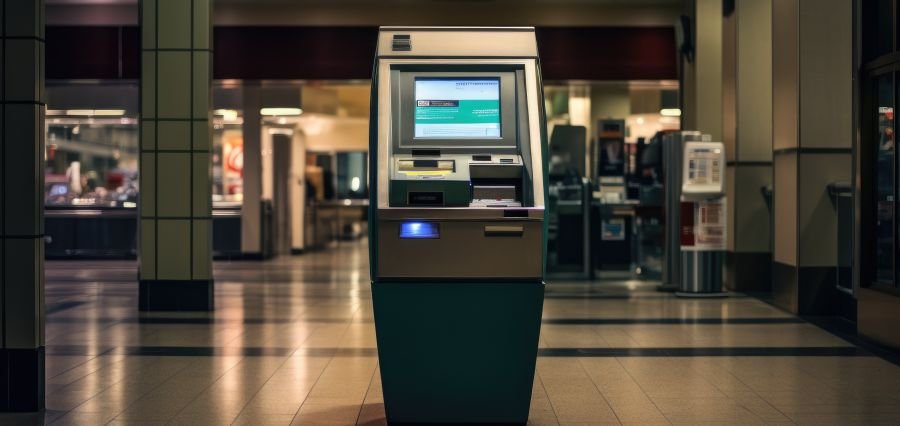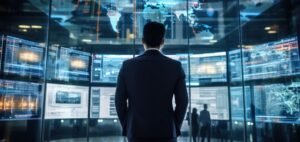Virtually every industry now relies heavily on technology. This is especially the case for those that have tight profit margins, which many retailers do. For example, the ones that sell food typically make just 4 or 6% in profit.
When margins are that tight, working efficiently is essential. As a result, many retailers invest heavily in technology. They know that equipping their teams with the right tools is the only way to reliably make enough to stay afloat and keep ahead of their competition.
Here are a few examples of the technologies they are using. Including an explanation of how that particular tech enables them to work more efficiently, sell more and reduce wastage.
Digital Signage
Top of the list is digital signage. This remarkably simple and low-cost technology is far more powerful than most people would think. Retailers that use software-driven digital screens boost their branding, connect better with their customers, sell more, and reduce wastage. Given all that, it is not surprising that the use of digital signage in retail stores has become common. Shops across the world are using them in their window displays to attract would-be customers to pop in and see what is on offer. Screens can now be mounted on a-frames, so they can also be put on pavements where they can be seen from a long way off.
Once in the store, special offers and ads that are displayed on strategically placed screens tempt people to buy more. The promotions being displayed can be changed in minutes. They can be tailored to better fit the tastes or needs of the people using the store at the time. It also means that a product that is not selling well can be put on promotion. This ensures that it sells through instead of generating a loss and ending up in landfill.
Increasingly sophisticated POS systems
Point of Sale (POS) systems do far more than just make it easy for customers to pay. Modern POS gathers data that can be used to answer all kinds of important questions. Smart retailers use it to work out what type of customers shop when and better understand what they buy. Using this information, they can create appropriate promotions, ensure that certain products don´t go out of stock at specific times of the day and get staffing levels right.
In addition, most POS systems are linked to the inventory database. Meaning that when an item is close to selling out new stock is automatically re-ordered. This virtually eliminates out-of-stock, keeps customers happier and reduces the wastage that can occur as a result of over-ordering.
CRM – Customer Relationship Management software
Retailers are increasingly investing in Customer Relationship Management (CRM) systems. This clever technology makes it far easier to understand customers. In particular, how they navigate the buying process. In the past, it was only online retailers that used these systems. But that is now changing. Retailers, especially those that sell larger, more expensive items like kitchens, are using them to track and understand the purchasing process. They capture the details of the initial enquiry, the purchase and any feedback or issues the customer provides.
In-store sensors
The use of all kinds of sensors is becoming the norm in even the smallest stores. It is now possible to track each customer from the moment they enter a store to when they leave. Although, because of privacy concerns some retailers are still not doing that. However, most of those still use sensors in some form or another.
For example, using sensors on the doors to count how many people are entering and leaving the store is extremely useful. The system can be set up so that when the number of shoppers reaches a certain level a checkout is opened or closed. This cuts waiting times while ensuring that members of staff are not left sitting at the checkout without someone to serve. Because the system simply counts how many adult bodies enter and leave the store the information collected is anonymized. As a result, there are no privacy concerns.
For years, retailers like Sainsbury´s in the UK and Woolworths in Australia have allowed customers to use scanners as they shop. As each item is picked up it is scanned before being put into the trolley. At the end of their shop, they pay for the purchases. This saves them and the store lots of time.
More importantly, this technology provides retailers with an invaluable understanding of how people shop. They can see how they navigate the store, how long it takes for a purchase decision to be made and what items each demographic chooses to buy.
The future of retail will be tech-led
Because of tight margins, most retailers are willing to use technology to make radical changes. Staff-free stores, robot assistants, unstaffed returns kiosks, shopping pick-up lockers and smart mirrors are just some recent examples of this. When it comes to technology the retailers of the world are leading the way and that is highly likely to continue.




